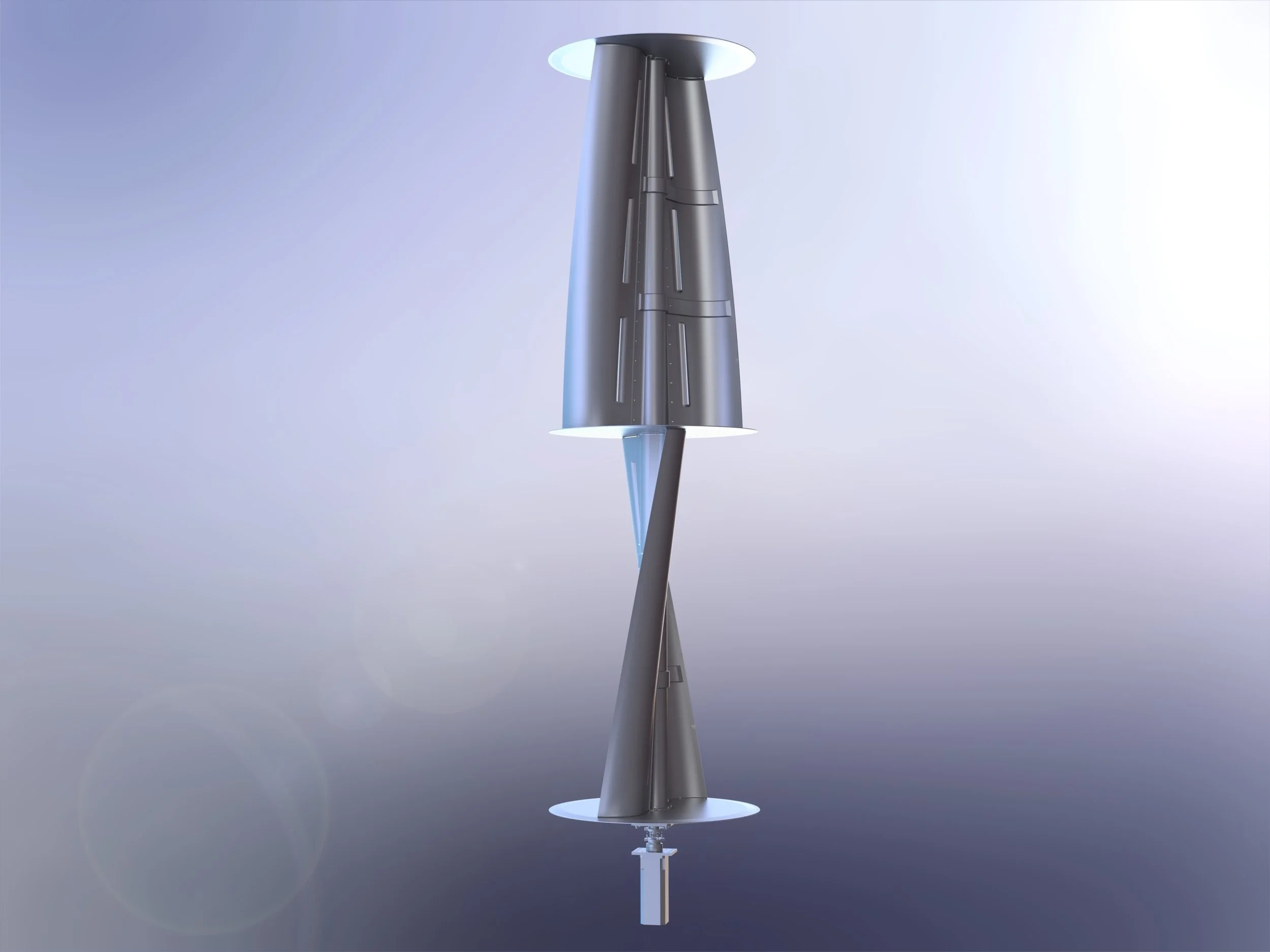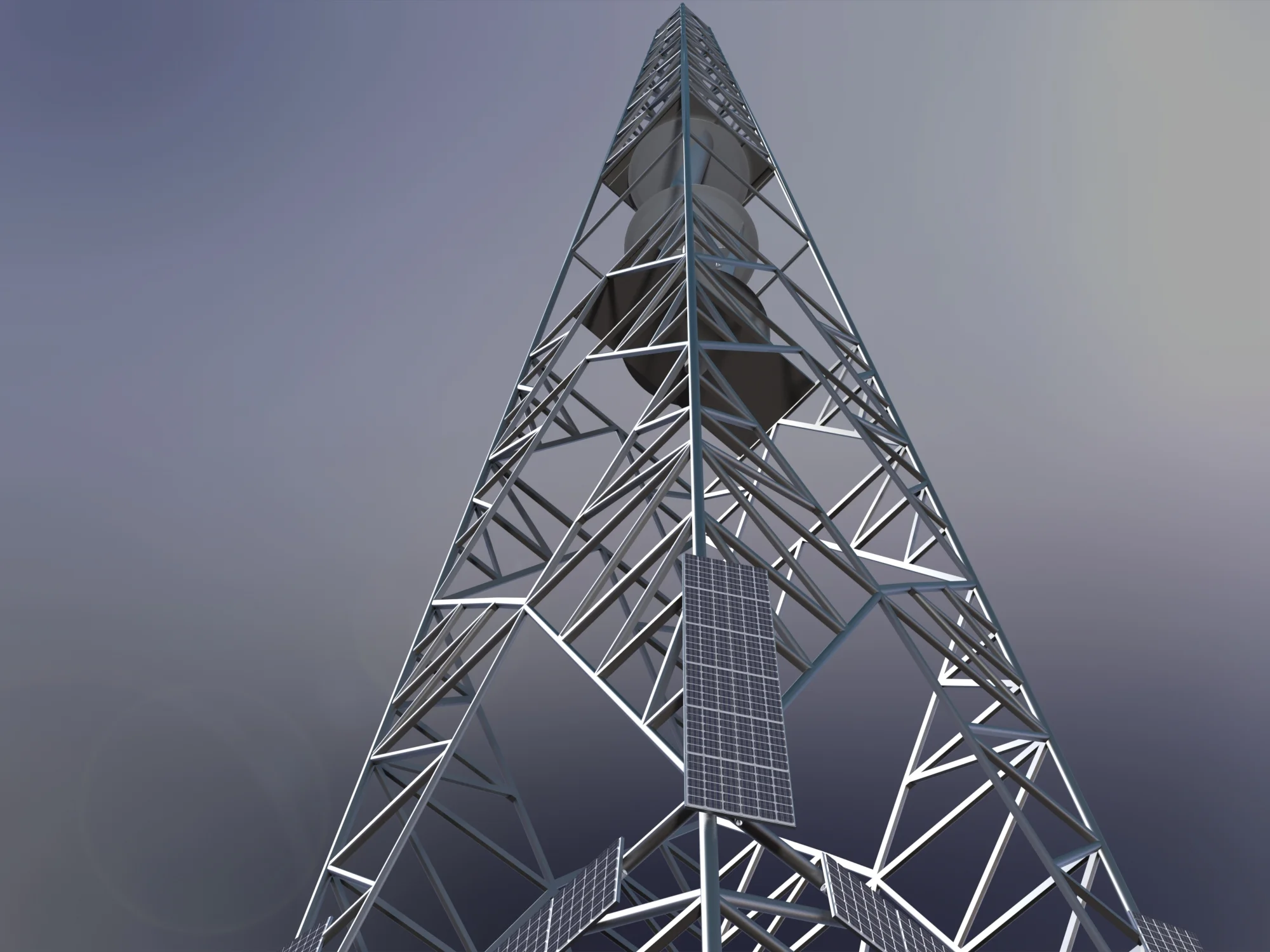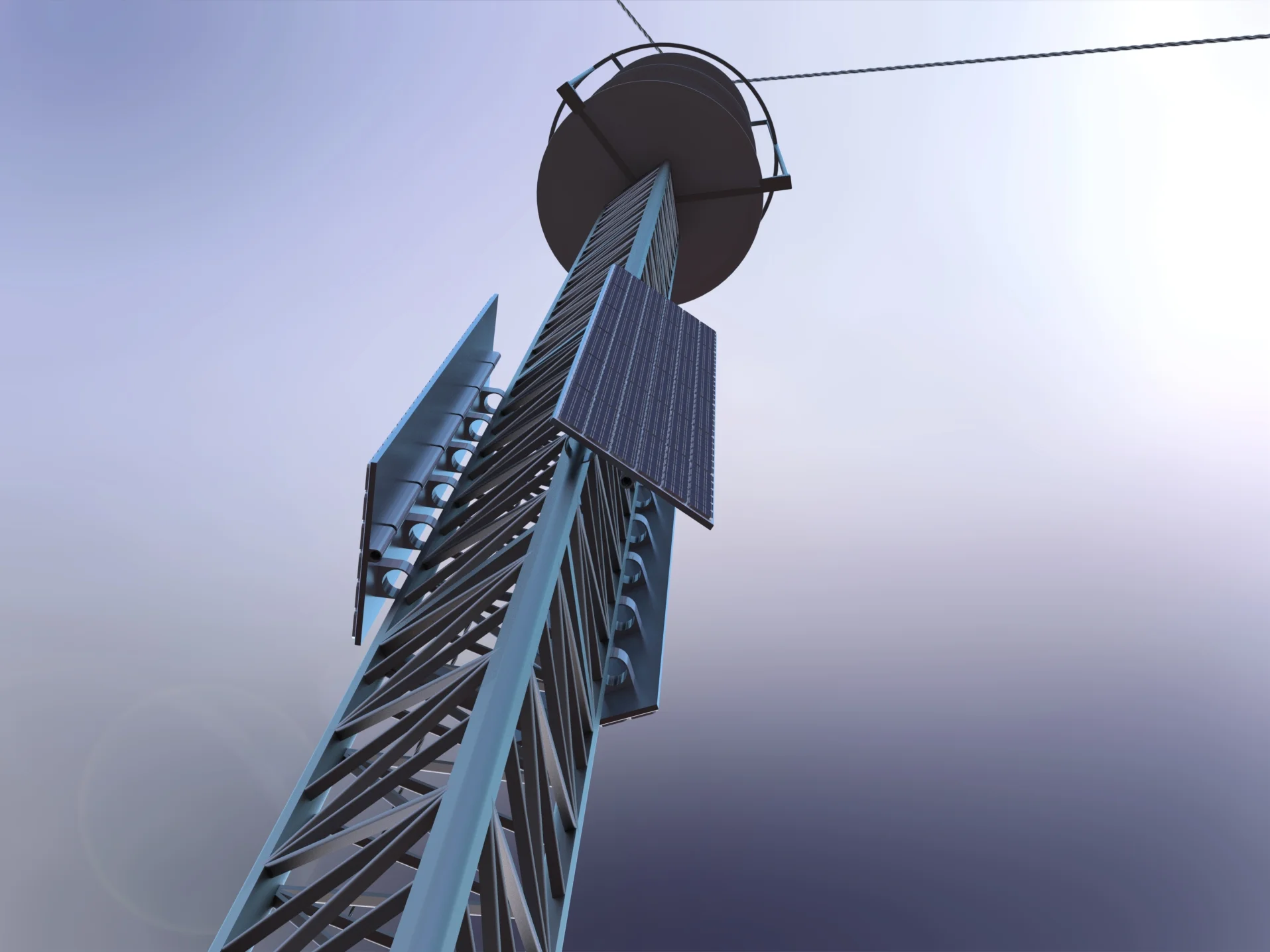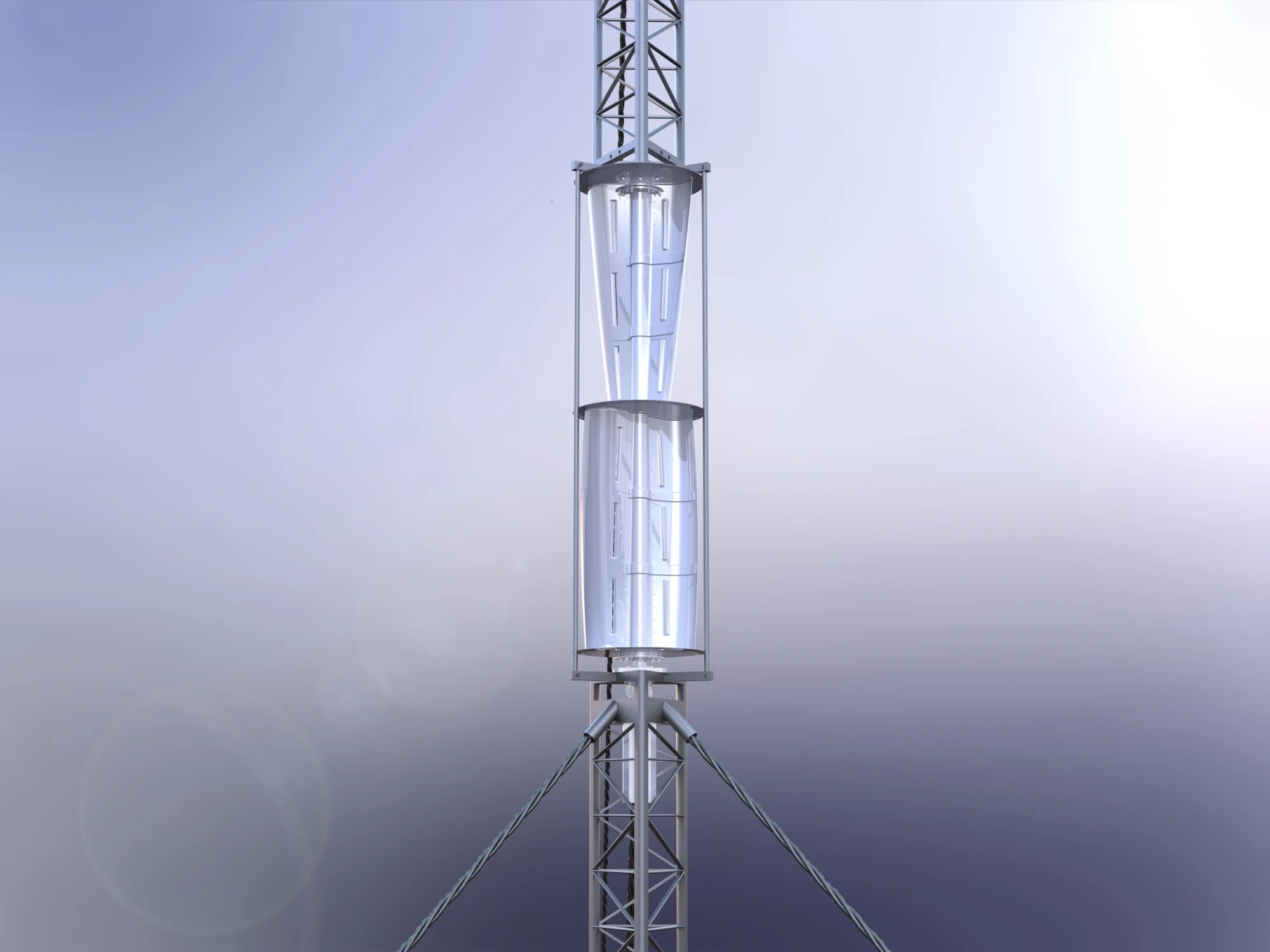Hybrid Power Systems
Our Hybrid Power System (HPS) is the world's first fully integrated energy solution that allows poor-grid and off-grid cell towers to reliably go or stay off-grid using only renewable, sustainable energy.
Our Hybrid Power Systems are:
Flexible
Created with each site's uniqueness in mind, Windstrip Hybrid Power Systems are a modular, adaptable energy solution that can be tailored to the unique needs of each telecommunications site.
Reliable
Windstrip Hybrid Power Systems are designed and engineered to combine wind, solar, and other energy sources to intelligently deliver "five nines" reliability to the telecommunications industry.
Renewable
Windstrip combines wind, solar, and other energy sources with innovative power management and battery storage, ensuring economical production, storage, and delivery of energy.

























